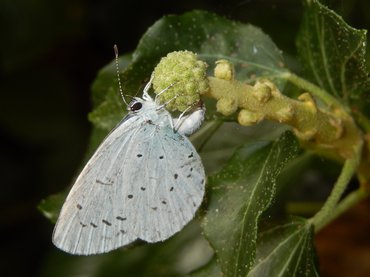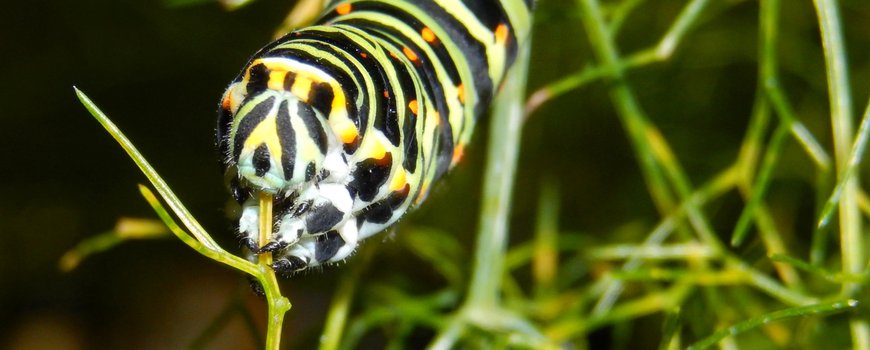Herbivorous insects are in most cases closely related to the plants they feed on and often can survive only on a limited set of host plants. This includes the larvae of many butterflies and moths, one of the largest groups of animal species on Earth. These species usually contain one or several plant families or genera that act as host plants. But there is still much to learn about how such ecological relationships emerged between butterflies and their host plants. In the middle of the last century, biologists Ehrlich & Raven discovered that plants’ chemical defense against caterpillar feeding plays an important role in the ecological interaction between butterflies and their host plants. Chemical defenses, secondary metabolites, are an important form of protection against herbivores. Think, for example, of the bitterness of Brussels sprouts, which originated as an anti-nutritional against, among other things, cabbage white larvae. All plants produce such defenses, and they are one of the largest sources of natural compounds on Earth.
Researchers from the University of Wageningen Biosystems, Plant Ecology and Nature Management Chair Groups, along with De Vlinderstichting, investigated whether shared chemical characteristics underlie host plant usage patterns among Northwestern European butterflies. When comparing plant families with different defense compositions, the researchers found that different defense compositions coexist with different combinations of larvae. In addition, the chemical profiles of the host plants, and thus defense strategies, were found to be inconsistent with the genetic relationships between plant families.

more information
Text: Cornet van de Linden, WUR and Michael Wallis de Vries, Butterfly Foundation
Photos: Kars Feiling (Main image: Caterpillar Koninginnenpage)

“Coffee buff. Twitter fanatic. Tv practitioner. Social media advocate. Pop culture ninja.”











More Stories
“Ask at least one question in return.”
According to research, people with this sleep rhythm live longer.
13 municipalities in the province of Seville have mosquitoes carrying the Nile virus